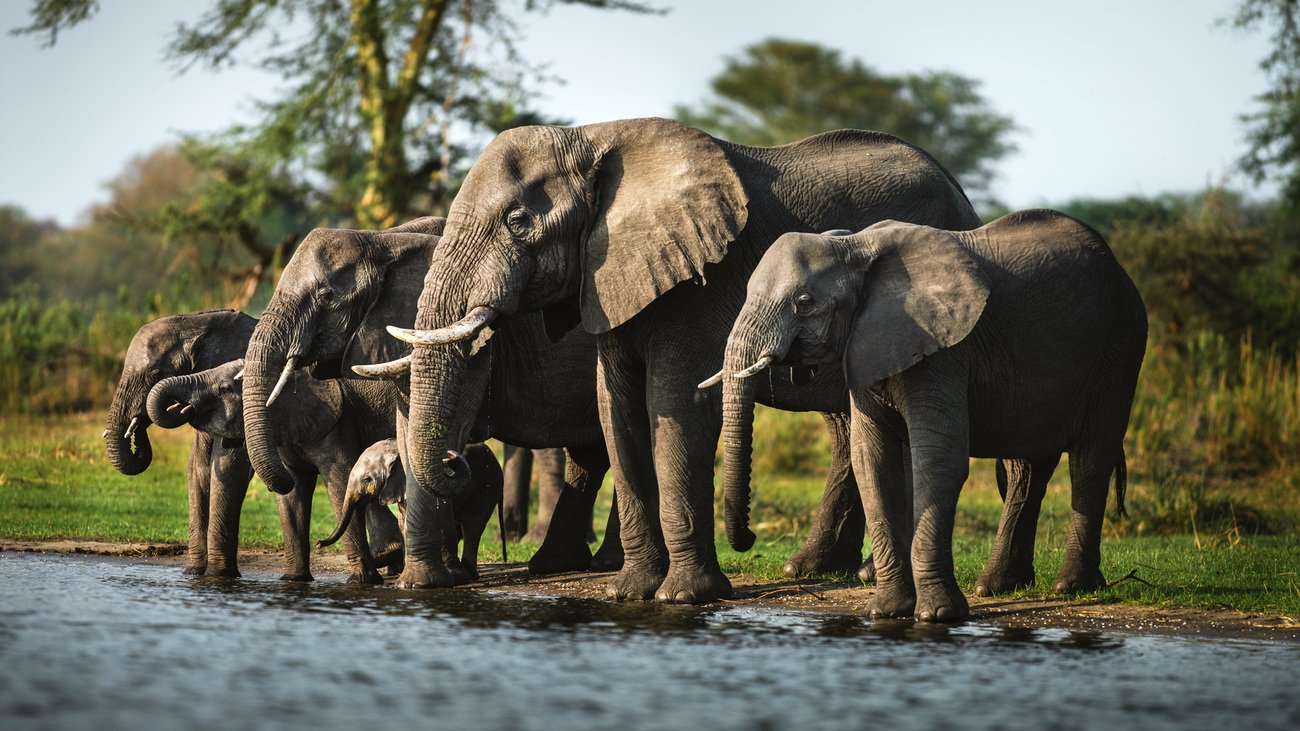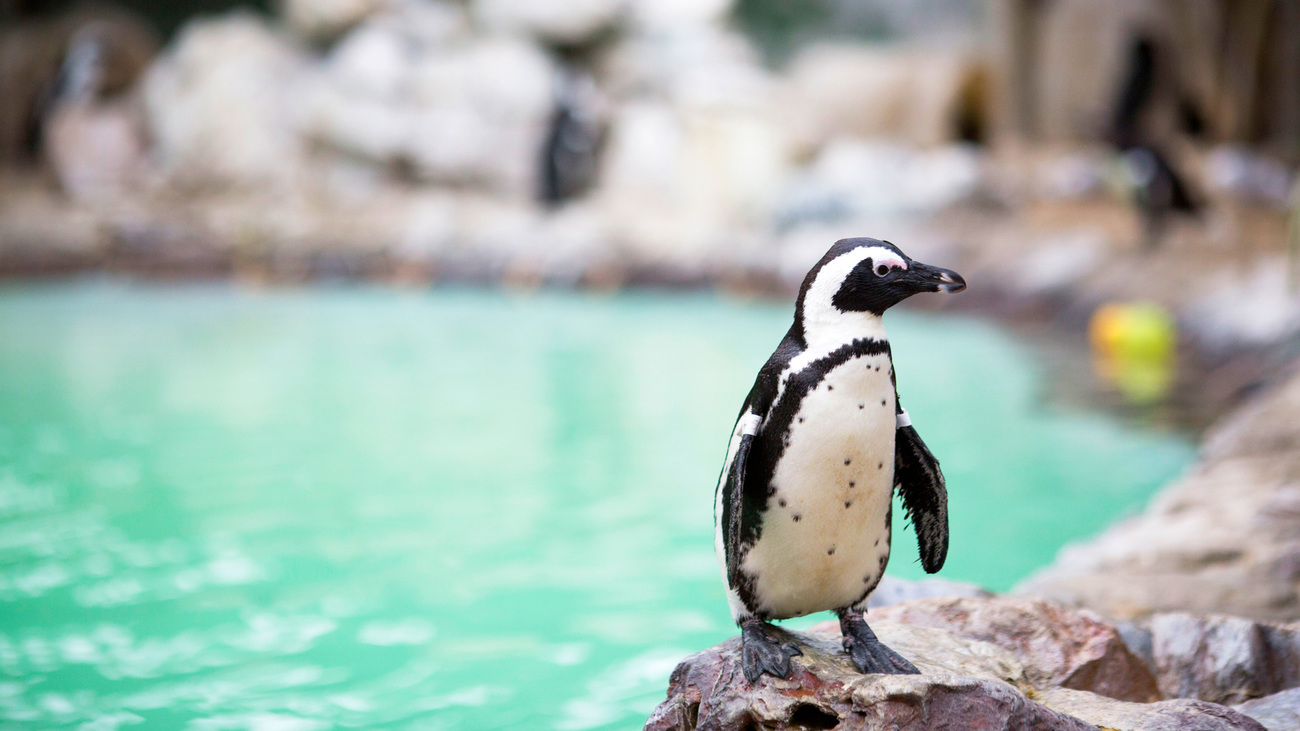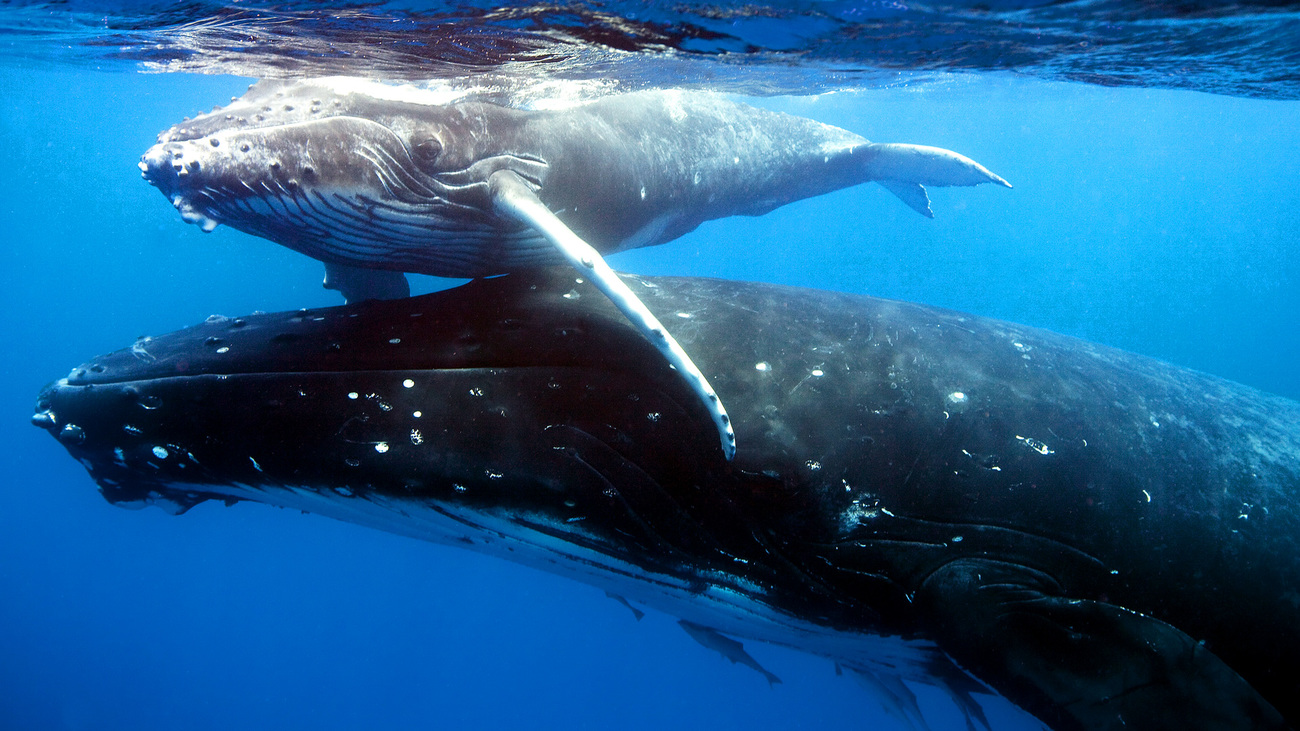Blog
Can animals predict earthquakes and other disasters?
Read moreAll animals in the world are either warm-blooded or cold-blooded. These terms are commonly used to distinguish how different animals regulate their body temperatures.
In this article, we explain what it means to be warm-blooded, look at the key differences between being warm-blooded and cold-blooded, meet a variety of warm-blooded animals, and learn how this characteristic has helped them adapt to their habitats.

Warm-blooded animals, also known as endotherms, are a diverse group of animals—including mammals, birds, and some other species—that are characterised by the ability to regulate their body temperature internally, rather than relying on external heat sources.
This internal heat production enables warm-blooded animals to maintain a relatively consistent internal body temperature, regardless of external environmental conditions. A stable body temperature is conducive to the animal’s survival and supports its physiological functions.
Endotherms have similar yet different ways of staying warm, whether through thick fatty layers, layers of air, arterial patterns, or fur. They also have similar ways of cooling down, including panting, removing fur, rolling in water, or staying out of the sun.
Endotherms generate warmth through metabolic processes within the body, mainly by breaking down food. When endotherms digest food, they extract its energy, which we measure in calories. They then burn through this energy, producing heat.
They use various mechanisms to regulate their body temperature, including adjusting their metabolic rate, altering blood flow to different parts of their bodies, shivering, and panting to dissipate excess heat.
All mammals and birds are warm-blooded, or endothermic. Until about 3,000 years ago, there was one remaining cold-blooded mammal species, a type of goat.
Warm-blooded animals, or endotherms, regulate their body temperature through internal processes, while cold-blooded animals, or ectotherms, regulate their body temperature through external sources, such as the sun.

Being warm-blooded offers mammals and birds several advantages in terms of adaptation and survival. For instance, it allows them to inhabit diverse ecosystems, from the coldest polar regions to the warmest tropical jungles. Their endothermic traits allow them to function in environments that would be inhospitable to cold-blooded creatures.
Cold-blooded animals, on the other hand, have internal temperatures that mirror that of their environment. They’re usually adapted to specific environments, climates, and temperatures, which is why ectothermic animals, such as snakes or lizards, are usually found in warmer climates. Ectotherms also exhibit various behavioural adaptations that help them cope with temperature fluctuations or seasonal changes. This includes hibernating during the colder winter months or aestivating during the warmer summer months.
While cold-blooded animals can have diverse default body temperatures, the temperatures of warm-blooded animals tend to be relatively stable, falling in the range of 36 to 40 degrees Celsius (97 to 104 degrees Fahrenheit) for mammals and 41 to 43 degrees Celsius (106 to 109 degrees Fahrenheit) for birds.
Thanks to their metabolic processes, endothermic animals can sustain high energy levels for longer periods, keeping them active and alert. This is useful for warm-blooded animals when hunting, foraging, or flying. On the other hand, ectothermic animals are usually more sedentary during the day and night, as their metabolism relies on external conditions.
It’s believed that mammal ancestors—known as mammaliamorphs—evolved rapidly from cold-blooded ectotherms to warm-blooded endotherms. During the Late Triassic epoch, approximately 233 million years ago, body temperatures of mammaliamorphs jumped by around five to nine degrees Celsius (41 to 48 degrees Fahrenheit) over the course of one million years—which is quick relative to other evolutionary changes.
Interestingly, bodily temperature control is associated with developmental control. Around the time that endothermy is thought to have evolved, mammal ancestors began to develop larger brains and more complex nervous systems.
It’s important to remember that endothermic traits aren’t exclusive to mammals and birds. Other animal species can also regulate their body temperature through metabolic processes, as we explore further below in these examples of warm-blooded animals.
If you’re wondering if fish are cold-blooded, the answer is most, but not all of them. The Atlantic bluefin tuna, for example, is a warm-blooded species of fish. They have a specialised blood vessel structure, called a countercurrent exchanger, that helps them keep their body temperature higher than the water around them.
As a result of their endothermic nature, tuna is found all over the world, from colder arctic oceans to more tropical ones. Endothermic mechanisms also enable tuna to be more active and energetic, helping them to swim more powerfully and quickly. In fact, warm-blooded fish are estimated to swim 1.6 times faster than their cold-blooded relatives. They can also reach depths of around 500 to 1,000 metres (1,700 to 3,300 feet) to find food and avoid predators.
Similarly to tuna, swordfish have a countercurrent exchanger that enables them to warm parts of their bodies—their brains and eyes—up to 15 degrees Celsius (59 degrees Fahrenheit) above their surrounding water temperature. Not only does this adaptation allow them to think more quickly, but it also allows them to see more clearly too. This gives them an evolutionary advantage over cold-blooded marine life, including locating prey and escaping predators. It may also mean that they will be more resilient to climate change and the resulting rise in ocean temperatures.
While most sharks are cold-blooded, there are five shark species within the Lamnidae family—mackerel sharks—that exhibit warm-blooded traits. This includes the great white shark (Carcharodon carcharias), shortfin mako shark (Isurus oxyrinchus), longfin mako shark (Isurus paucus), porbeagle shark (Lamna nasus), and salmon shark (Lamna ditropis).
This shark family can increase their body temperature above that of their surroundings using a network of blood vessels to retain the heat generated by their muscles. The salmon shark is thought to be the most warm-blooded shark, maintaining its body temperature at around 25 degrees Celsius (77 degrees Fahrenheit), which is around 21 degrees Celsius (35 degrees Fahrenheit) warmer than the ocean temperatures in its sub-arctic habitat.

While lizards are typically known to be cold-blooded, the tegu lizard defies these reptilian assumptions. Though the Argentine black and white tegu usually depends on its surroundings for warmth, it exhibits endothermic tendencies around mating season, increasing its body temperature to around 10 degrees Celsius (50 degrees Fahrenheit) warmer than its environment.
It’s thought that the hormones released during mating season cause the lizard’s body tissues to work harder, thus generating more heat. This allows them to stay active for longer, meaning they can better protect their offspring.
As warm-blooded animals, certain bird species use a form of panting to cool down. They also use fluttering, a process that combines quick, open-mouth breaths with rapid vibrations of the moist throat membranes, causing them to evaporate and therefore removing heat from the body.
Birds are also known to bathe to regulate their body temperature, submerging themselves in cooler water just like humans do on hot days. Some birds will fluff up their feathers while they’re damp and open their wings to allow the breeze to cool them down further.
During hotter days, birds will also take naps. This reduction in activity when the sun is at its strongest prevents them from overheating. They’ll then become more active once it cools down.
Wading birds, like flamingos, have long, thin, and featherless legs that transmit heat from their bodies. When the warmer blood reaches their legs, the heat dissipates and the blood cools, allowing the birds to cool down.
Like all birds, penguins are warm-blooded. Penguins have unique ways of keeping their bodies warm. Living in Antarctica, where temperatures can reach extreme lows of around -40 degrees Celsius (-40 degrees Fahrenheit), they need to maintain a consistent body temperature of around 37.8 to 38.9 degrees Celsius (100 to 102 degrees Fahrenheit) to survive. This is especially important considering that they dive to cold depths of at least 500 metres (1700 feet) in search of food.
Penguins also need to produce body heat to incubate their eggs. After mating, a female will lay an egg and then pass it to the male to keep warm. The warmth produced by the male is integral to keeping the egg alive. He keeps it off the ice by balancing it on his feet, then covers it with his body of fat, skin, and feathers to keep it warm. This incubation period lasts around two months during the coldest part of winter.
During this incubation period, the male penguins huddle in a large group to share body heat. This allows them to bring down their metabolic rate, conserve their energy, and keep producing heat, despite fasting. To prevent excess heat from escaping, penguins can also recapture 80% of the heat that escapes in their breath through a heat exchange system in their nasal cavities.
Individually, penguins retain most of their heat through tufts of down-on feather shafts that trap a layer of air, insulating over 80% of their body heat.
Sometimes, penguins need to cool down, too. They do this in various ways, including moving into shaded areas, panting, ruffling their feathers, and holding their flippers away from their body. Some species in warmer regions have more featherless areas on their body where heat can escape.

As endothermic animals, rhinos have to self-regulate their body temperature in a process known as thermoregulation. Their blood vessels are close to the skin's surface, which allows heat to pass more easily out of the skin, allowing them to cool down.
Rhinos lack sweat glands, so they actively seek water sources to cool off. In a process known as wallowing, the rhinos bathe in cool, wet mud, helping the heat to radiate off their body.
Dogs are warm-blooded mammals. They cannot sweat through their skin to cool down, so they instead pant to release excess heat. By opening their mouths and breathing in deep rapid breaths, moisture from their tongues and mouths evaporates more quickly, taking heat with it. They also emit heat from their noses and paw pads.
As they are domesticated animals, humans will often find ways to help cool dogs down, by ensuring that they are groomed to remove longer coats of fur, giving them cold water to drink, and providing other cooling things like ice licks. They’ll also avoid walking them during the hotter parts of the day.
Despite their reptilian-like appearance, armadillos are mammals and regulate their body temperature internally. However, they have a lower metabolic rate, so while they are endotherms, they are less resilient to temperature changes. Armadillos are found in temperate and warm habitats, like rainforests, grasslands, and semi-deserts.
Whales have a similar default body temperature to humans—around 37 degrees Celsius (98.6 degrees Fahrenheit). To prevent loss of heat in the cold ocean waters, whales have a thick layer of insulating blubber. These fatty tissues and proteins also act as an energy reserve, allowing whales to go for extended periods without eating during migrations.
Whales also use countercurrent heat exchanges through a complex system of arteries and veins to maintain their body temperature and prevent significant heat loss from areas that don’t have blubber, such as the fins. Their lack of arterial and venous valves means warm blood can more easily reach specific areas of the body whenever needed.

With the threats posed by climate change and human activity, animals around the world need your help to survive. Learn how you can help IFAW take action for animals.
Our work can’t get done without you. Please give what you can to help animals thrive.
Unfortunately, the browser you use is outdated and does not allow you to display the site correctly. Please install any of the modern browsers, for example:
Google Chrome Firefox Safari